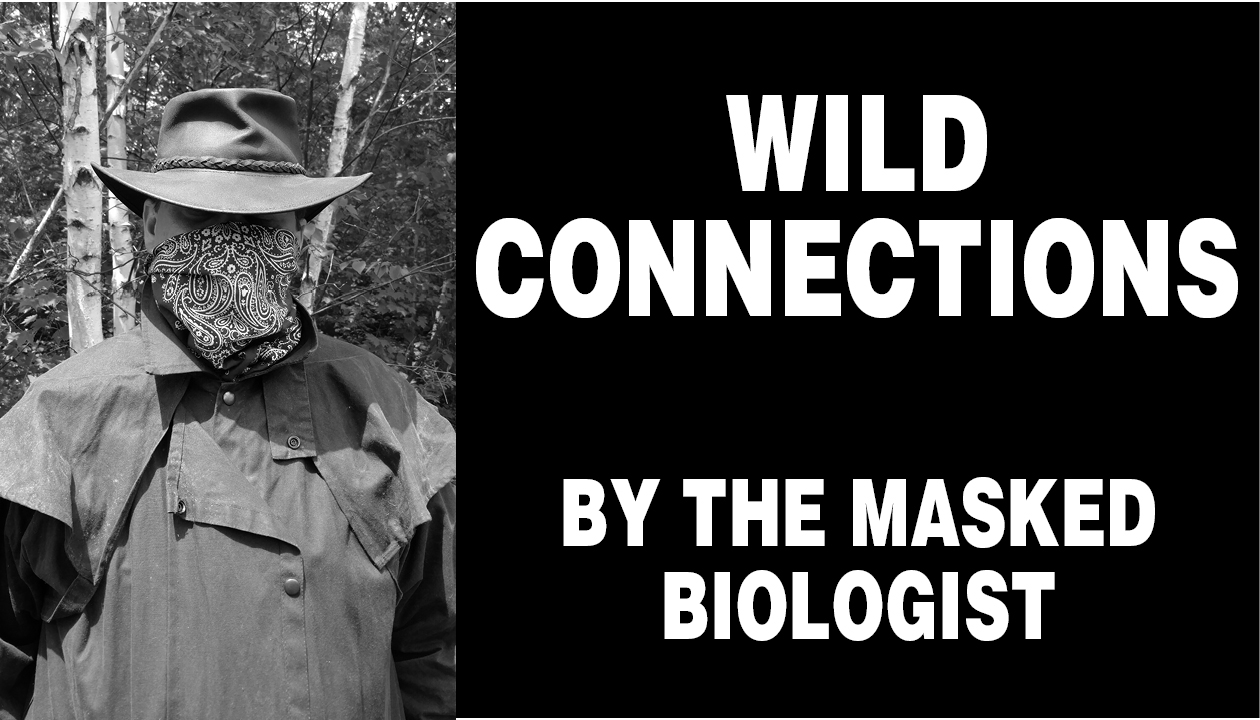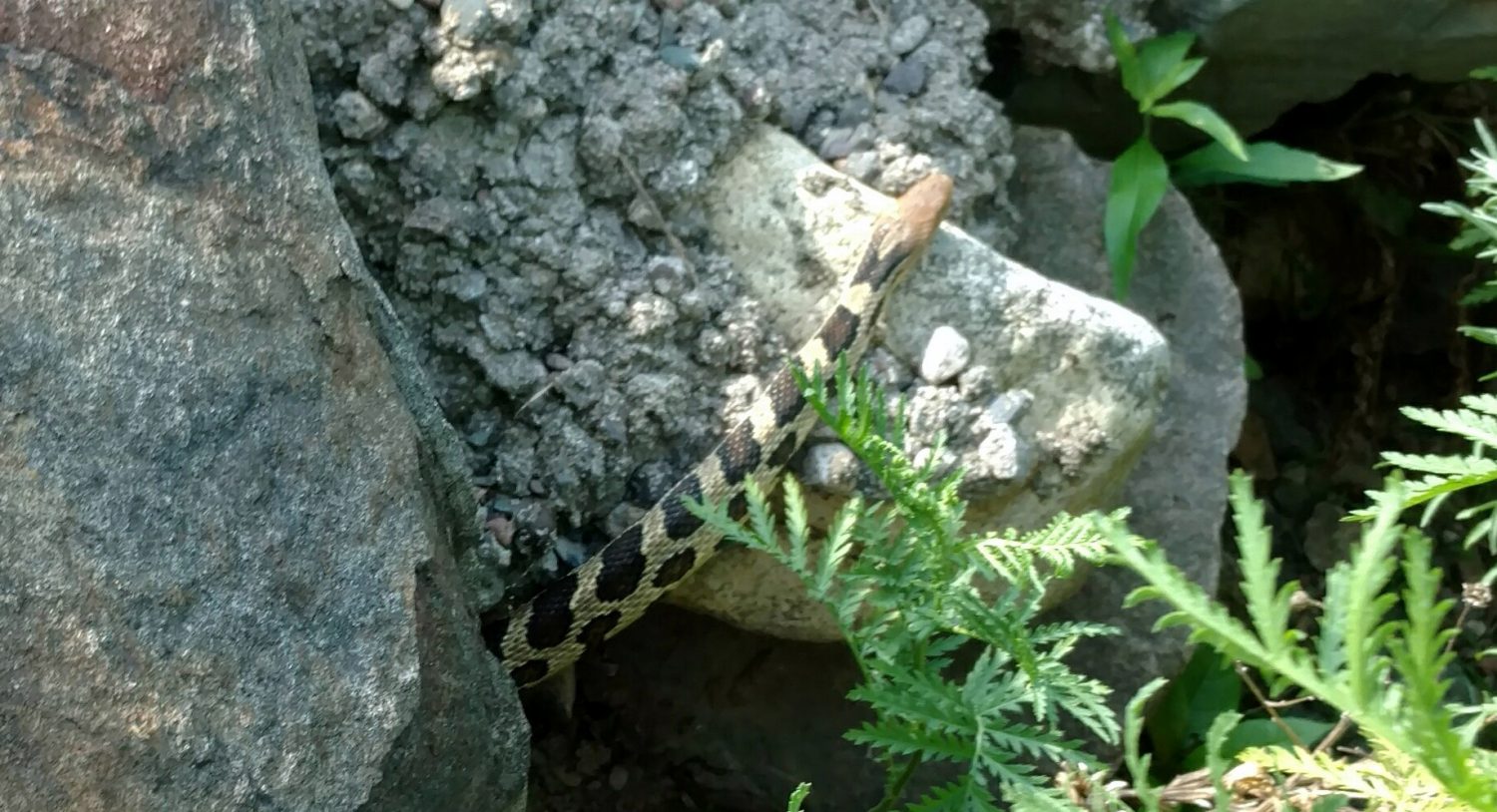Tracking wildlife in snow

BY THE MASKED BIOLOGIST
Special to the Star Journal
Snow tracks are silent witnesses that can tell us a lot about behavior and activity. Every night, life-and-death wildlife dramas unfold in the snow.

This is an example of how to show the size of animal tracks that might be spotted in the wild, according to the Masked Biologist. Submitted photo.
When I was going to college, I carried a blank page notebook and pencils so that I could sketch what I saw, then go back and look it up at the library without forgetting or confusing important details. Today, with email, digital cameras and camera phones, everyone has tools at his or her disposal to document a unique observation and report it. I thought this would be a good time to give you some pointers, to help me help you determine what you see in the snow.
It helps if you get photos of both the footprint and the track. A footprint is a close-up of one individual print. Or at least, it may look like one print. In fact, many animals step in the front footprint with their back foot, making it appear as if it is larger than actual or that it even has more toes than it really does. See if you can find a good, clear print that has definition, showing all the edges of the depressions made by toe pads, heel pads, and claws if any.
Put something of known size next to the print. A ruler is excellent; otherwise, use a pen, business card, pocket knife, truck keys, dollar bill or anything that you can place next to the print for the photo. I suggest you not use a credit card, especially if you plan to share the photos! Once you get home, you can measure the scale item and compare it against the photo on a computer screen. Get the camera close enough for good detail, but not so close that the photo blurs. I generally stay 4 feet away, then use the camera’s built-in zoom to get closer; the camera’s autofocus captures detail.
Next, take a photo looking down the track. Try to get a good representation of the animal’s normal gait. Again, scale would be a great help. If you have it, use a folding plumber’s ruler alongside and angled across the edge of one complete set of footprints in the track. Otherwise, use a yardstick, tape measure, ski pole, walking stick, anything of a known length that can help us judge the length of the animal’s gait.
Finally, if you see something seemingly unusual or unique, take a photo.
If you have a wolf track that has a raised-leg urination (what we call an RLU) with sprinkles of blood in it, that means there is a dominant female wolf ready to breed, and you are likely located in a wolf pack territory. Reports of these, with the location noted by GPS waypoint or latitude/longitude, are of great value to wildlife managers.
Animal droppings or partially eaten birds or animals are other good examples. Again, have something in the photo for scale, even if it is only your boot print. What about droppings, you ask – can I identify an animal by its feces? Usually, yes I can. I oftentimes joke about being a trained turdologist, being able to recognize turds from the smallest and largest mammals in the state. Sometimes I can pull them apart and identify components of their diet.
With training and experience, you can learn to read everything the footprints, tracks and droppings are telling you. Smartphones probably have apps or websites that are helpful for tracking, but the signal in the woods can be iffy, and batteries tend to drain even more quickly in the winter.
If you want to learn more, check out A Field Guide to Mammal Tracking in North America and Scats and Tracks of the Great Lakes, both by Dr. James Halfpenny. They are quite affordable, and they fit easily in your pocket. You will be surprised at how much there is to learn about tracking. You can tell when an animal speeds up, slows down, looks left or right, stops, or looks back behind it by what you see in the tracks.
The Masked Biologist earned a Bachelor of Science degree from a university with a highly regarded wildlife biology program. He has worked for natural resource agencies from the Rocky Mountains, across the Great Plains and into the Midwest, which provided opportunities to work with a variety of common and rare fish, plant and wildlife species. Follow The Masked Biologist on Facebook. Email questions to [email protected].
Leave a reply
You must be logged in to post a comment.


